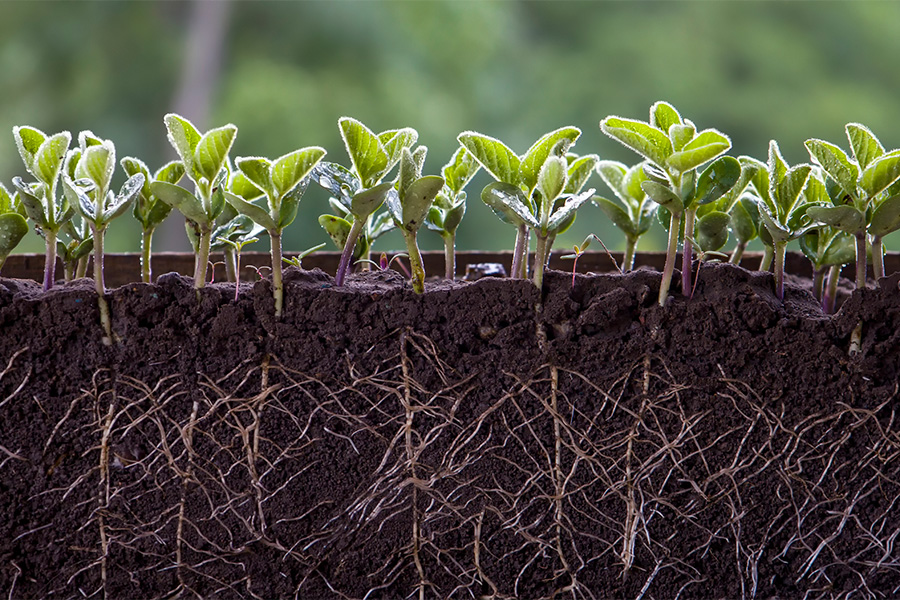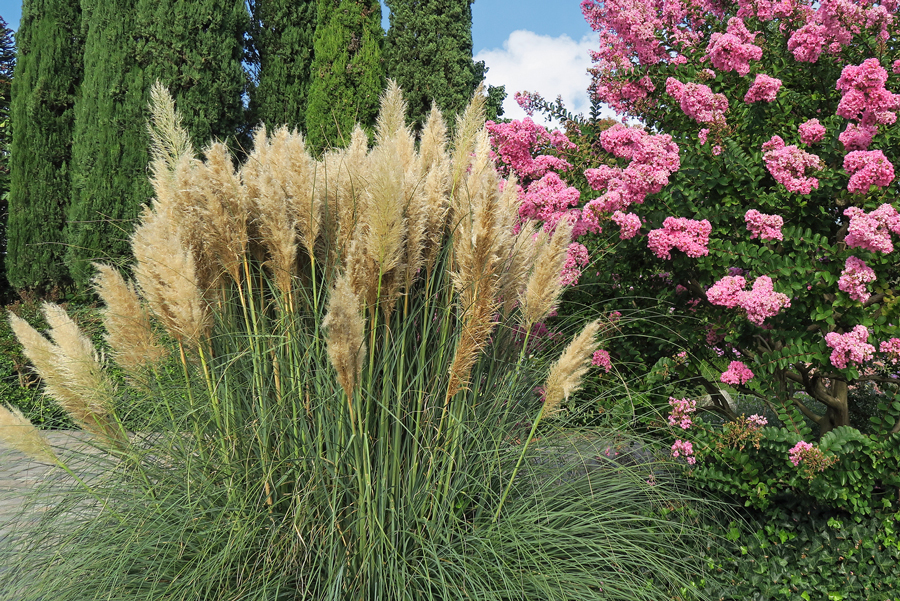General Agriculture
-

This handbook is designed to serve as a reference guide for the University of Georgia Cooperative Extension personnel and others regarding Georgia’s lime and fertilizer recommendations and to provide basic information pertinent to the soil testing program.
David E. Kissel Ph.D and Leticia S Sonon
|
-

EB 102
Success with Cover Crops
This publication discusses the benefits of planting cover crops, how to select an appropriate cover crop to meet your needs, and includes information about using cover crops successfully.
Ronnie M. Barentine, Julia W. Gaskin, R. Dewey Lee, Gary L. Hawkins, Barbara Bellows, and Glendon H. Harris
|
-

C 990
Soil Inoculants
Soil inoculants are used for a variety of reasons. In some cases, we add soil organisms that have a known beneficial effect. A symbiotic relationship is one that is mutually beneficial. In return for the plant feeding the rhizobia carbon from photosynthesis and giving it a home, the bacteria can “fix” atmospheric nitrogen into a form that the plant can use.
Julia W. Gaskin, Peter Gary Hartel, Elizabeth L. Little, and Glendon H. Harris
|
-

This publication explains some of the options available to Green Industry professionals for dealing with these organic materials.
Bodie V. Pennisi
|
-

C 983
Pampas Grass
Pampas grass is a large perennial grass native to Brazil, Argentina, and Chile. Mature plants can reach 10 feet tall and 6 feet wide. In late summer, silvery-white plumes rise several feet above the foliage and make a bold, dramatic statement in the landscape.
Bodie V. Pennisi and Sheri Dorn
|
-

Butterfly populations can be greatly enhanced by devoting a portion of the landscape to butterfly habitat. In addition to their natural beauty, butterflies serve as valuable plant pollinators.
Bob Westerfield and Melvin P. Garber
|
-

Georgia poultry farmers are among the best in the world at growing chickens using state of the art technology, housing systems, and best management practices. To protect this vital business for Georgia farmers, it is important that agricultural zoning ordinances be prudently devised and factually based.
Dan L. Cunningham and Casey W. Ritz
|
-

This publication gives a procedure to calculate the value of broiler litter based on prevailing retail selling prices of commercial fertilizers containing nitrogen, phosphorus and potassium.
L. Mark Risse and Glendon H. Harris
|
-

One of the most important components of a zoning ordinance for poultry farms relates to the set-back distance required for the location of poultry production houses. It is important that set-back requirements for poultry houses be based on facts rather than emotions.
Dan L. Cunningham and Casey W. Ritz
|